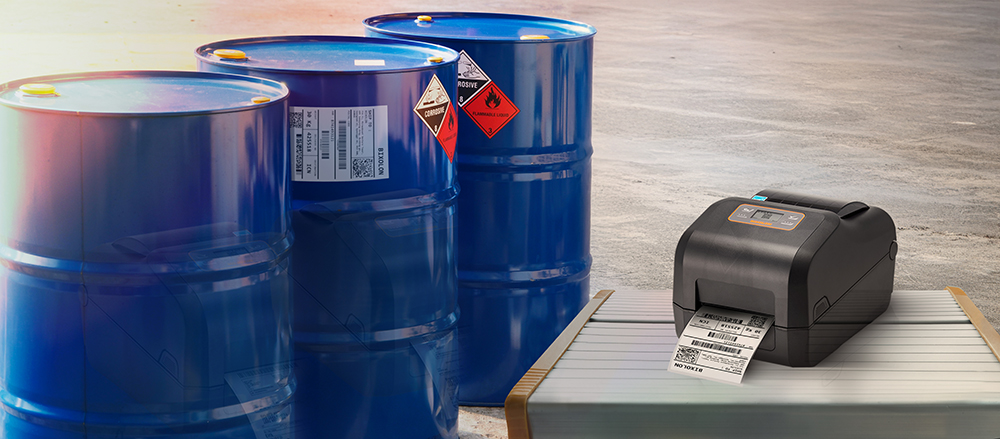Do you know your ingredients?
Following the 1992 Earth Summit and 2002 World Summit, the United Nations developed the ‘Globally Harmonized System’ (GHS) or ‘Purple Book’, with the aim of producing a single worldwide system for the classification and labelling of chemicals. Whilst this is a non-legally binding international agreement, the UK adopted the GHS in the form of The Chemicals (Health and Safety) and Genetically Modified Organisms (Contained Use) (Amendment etc) (EU Exit) Regulations 2020 No 1567.
Sounds good. However, you can still pick up two safety data sheets for the same chemical and find conflicting information. So how do you know what to believe?
Your first port of call should be the new European Chemicals Agency (ECHA) public chemicals database. Launched on 30 January 2024 it includes data that companies have submitted in their REACH registrations and will be developed incrementally over the course of the year, ensuring that you always have the latest information available.
Do you really know their hazardous properties?
So, you now know your ingredients, but do you know their hazardous properties? If you have an organic material, it’s likely to be combustible and, depending on how it is handled and processed, could produce dust and therefore the potential for dust explosion hazards. These hazards exist in a wide range of industries, not just high hazard. For example, agriculture, furniture, textiles, recycling, metal working and even 3D printing. As partners of Sigma-HSE, we can arrange flammable and explosive test data for your dusts and powders to ensure that we have the right input data for your fire and DSEAR risk assessments.
Another point to consider is whether the way you are using your ingredients is changing their hazardous properties. For example, if you are operating at high temperatures or pressures things can change. Take diesel; its considered combustible rather than flammable. You are well aware that it’s a fuel, but you may have dismissed it from your hazardous area classification as you didn’t expect it to form a flammable zone. But did you know that the HSE’s shared research project has shown that a release at pressure can make a flammable mist? Even heavier oils not considered to be particularly combustible have been called into question.
With continually changing testing methods and reclassification, some materials that were not previously considered harmful may have been reclassified as such. Have you been keeping up to date? Do you know whether you now have controlled substances that you may not have hazardous substance consent for? Might you now be considered as breaking COMAH 2015 regulations?
Environment Assessment Levels (EALs) are used by the Environment Agency to judge the acceptability of proposed emissions to air from industrial processes. In December 2023 there were 88 pollutant substances with EALSs. These included updated, or reviewed EALs for 13 substances. These changes could have led to you inadvertently breaching permitted emission limits. Have you checked? What mechanisms do you have in place to make sure you are up to date? One port of call would be to look at the outcome to the Government’s Consultation response: EALs for emissions to air second phase review updated on 14 December 2023.
Does your particular operation bring together two materials, either planned or accidental, that could result in a hazard? If you think back to news reports over the past couple of summers, there have been several instances of chlorine gas cloud generation at swimming pools because of mixing incompatibles and lack of awareness. Do you fully understand the reactivity of your ingredients? Unless you understand these potential hazards, how can you understand your risks and how to manage them?
As mentioned earlier, chemical testing can provide vital inputs into your fire and DSEAR risk assessments. However, the all-important hazard study should not be forgotten. One of the most fundamental steps in process safety is hazard identification. Hazard studies provide the perfect opportunity to look for inherently safer ingredients and we believe that these considerations should be made the earlier the better.
If you have any questions or concerns with any of the issues raised, reach out to RAS who can help you navigate the ever-changing landscape.
After all, there is nothing more important than understanding your ingredients.









